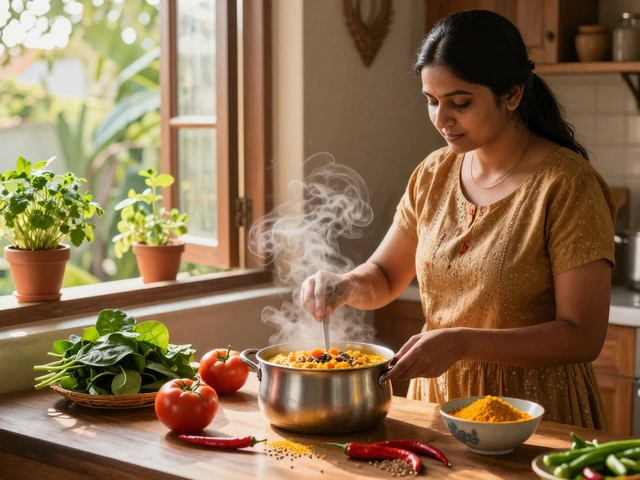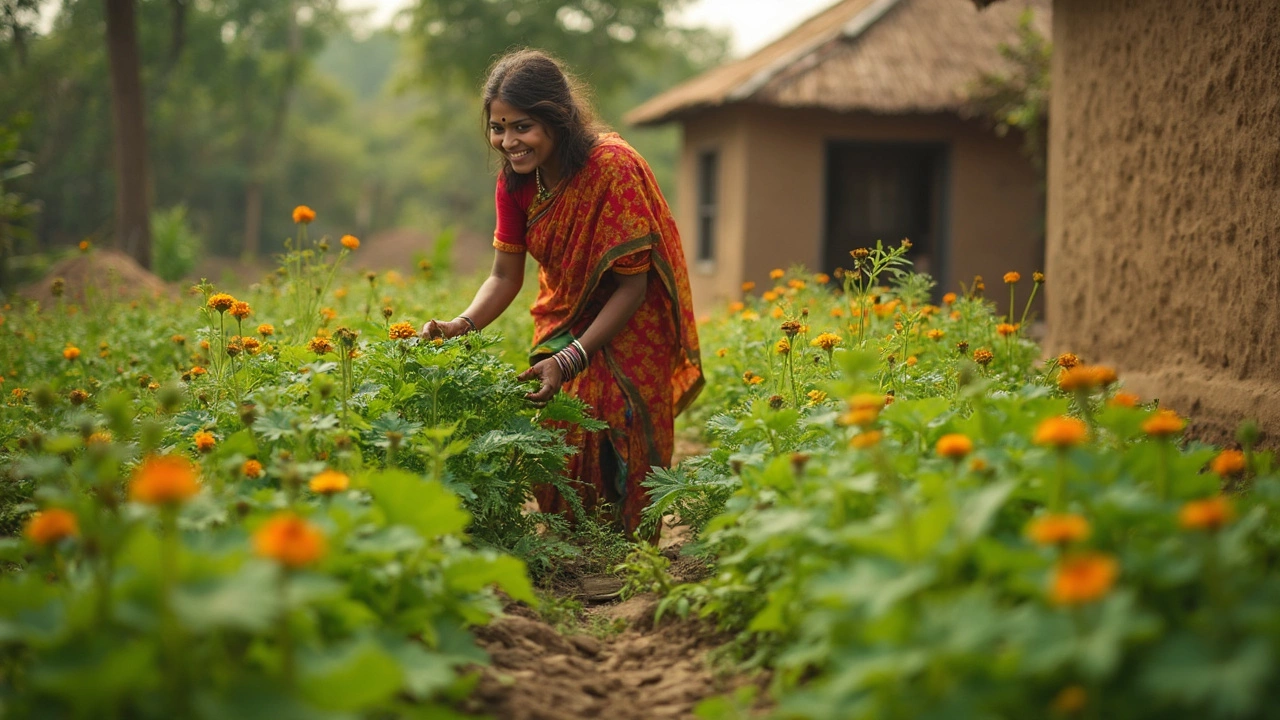Vegetable Origins India – The Birthplace of Our Everyday Veggies
Ever wonder why certain veggies feel like they belong in Indian kitchens? The answer lies in centuries of farming, climate, and culture. From the humble potato to the crunchy green beans, many of the vegetables we eat today started their journey right here on the sub‑continent.
India’s diverse climate—from the cool hills of Himachal to the tropical plains of Tamil Nadu—gave rise to a wide range of native crops. Some, like bitter gourd, drumstick, and ridge gourd, have been cultivated for over 2,000 years. Others, such as tomatoes and potatoes, arrived later via trade routes but quickly adapted to local soils and became staples.
Native Vegetables You’ll Find Across India
Here are a few vegetables that truly originated in India:
- Bitter Gourd (Karela): Grown in warm regions, it thrives in well‑drained loam and needs plenty of sunlight.
- Drumstick (Moringa): The tall, pod‑bearing tree is common in Andhra Pradesh and is prized for its nutritious leaves.
- Ridge Gourd (Turai): A summer‑loving vine that prefers a mulch of straw to keep the soil moist.
- Amaranth (Chaulai): Both leaf and grain varieties are drought‑tolerant and grow well in all Indian zones.
If you’re new to gardening, start with one of these hardy natives. They handle Indian heat and monsoon swings better than many exotic imports.
How to Grow Traditional Indian Veggies in Your Garden
Step 1: Pick the right season. Most native veg like bitter gourd and ridge gourd are best sowed after the last frost—usually late February to early March in North India, and June to July in the South.
Step 2: Prepare the soil. Amend heavy soil with compost or well‑rotted manure. For crops like drumstick, a loamy mix with good drainage is key.
Step 3: Use local seed varieties. Seed banks, local markets, or farmers’ cooperatives often carry varieties that have been selected for regional conditions. For example, the ‘Krishnakumar’ pumpkin seed performs well in Karnataka’s red soils.
Step 4: Irrigation. Drip irrigation works wonders for water‑wise gardening. Bury the drip lines about 5 cm deep to protect them from sun and pests—see our post on "How Deep Should Drip Irrigation Lines Be Buried?" for exact depths.
Step 5: Pest management. Natural solutions like neem oil or companion planting (e.g., planting marigold alongside cucumber) keep pests at bay without chemicals. Check out "Alternative Pest Control" for more ideas.
Step 6: Harvest at the right time. Most Indian veg are ready when the fruits are still young and tender—this gives the best flavor and nutrition.
By choosing native varieties and following these simple steps, you’ll enjoy fresher produce, save water, and keep a piece of Indian agricultural heritage alive in your backyard.
Looking for more tips? Browse our articles on sustainable gardening, drip irrigation, and profit‑making broccoli farming—each offers practical advice you can apply right away.
Vegetables Native to India: What Every Gardener Should Know
Curious about which vegetables truly come from India? This article dives into the roots of common vegetables in Indian gardens, highlighting what’s native and what came from elsewhere. Get straight answers with history, practical growing tips, and ways to make the most of native crops. Whether you’re starting a kitchen garden or just want to know your food better, you’ll find something new. There’s more to Indian veggies than meets the eye.
About
Vegetable Gardening
Latest Posts


Risks of Rice Business: Common Challenges and How to Avoid Them
By Alden Thorne Aug 3, 2025

Best Months for Flower Blooming in India: Flower Seasons & Tips
By Alden Thorne Jul 27, 2025

The Hidden Drawbacks of Rooftop Farming
By Alden Thorne Sep 30, 2025

